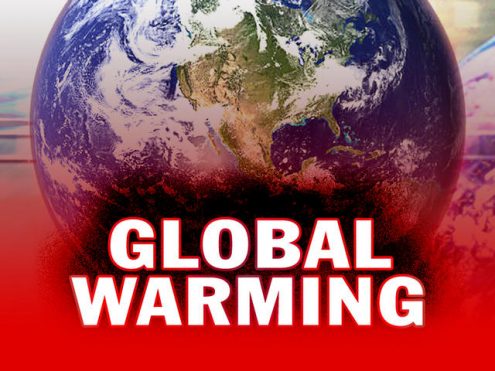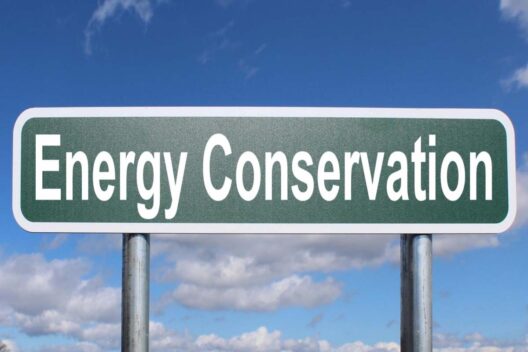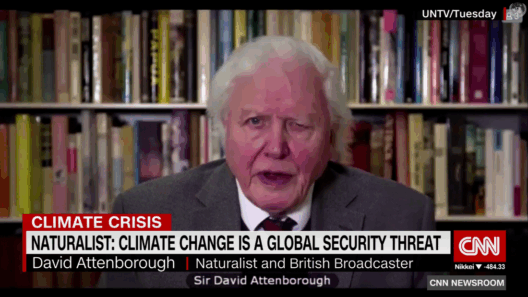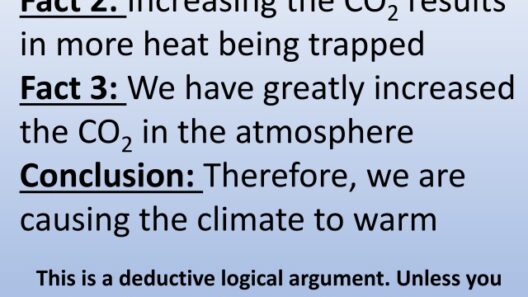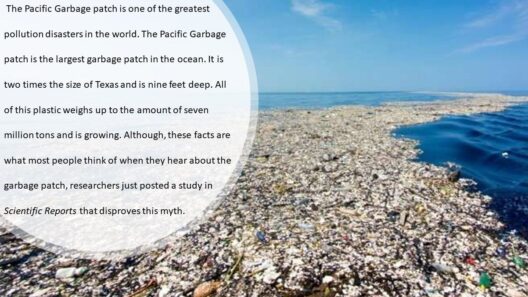Understanding the historical arc of global warming requires traversing a vast landscape of scientific inquiry, cultural evolution, and technological advancement. It poses a fascinating question: How did we arrive at our current predicament regarding climate change? Despite ongoing discussions and numerous solutions proposed over the decades, a challenge looms large. Can humanity effectively curtail the rise in global temperatures driven primarily by industrialization and human activity? To grasp this formidable issue, we must travel back through the annals of time.
The saga of global warming is deeply intertwined with human history, stretching back to the dawn of the Industrial Revolution in the late 18th century. This epoch marks a significant pivot point. The transition from agrarian economies to industrial powerhouses catalyzed unprecedented levels of fossil fuel consumption. Alongside the clanking of machines came a surge in carbon dioxide (CO2) emissions, the primary culprit in the greenhouse effect. Such changes were initially met with enthusiasm, heralded as the harbingers of progress and prosperity.
Yet, as the 19th century unfolded, it became increasingly apparent that these advancements bore consequences. Scientists like John Tyndall began exploring the relationship between atmospheric gases and heat retention. Tyndall’s work revealed that certain gases, including CO2, could trap heat from the sun, leading to a gradual warming of the planet. This was a pivotal acknowledgment, echoing the sentiment that the atmosphere was not an inert shield but an active participant in Earth’s climate.
Moving into the 20th century, the recognition of global warming gained momentum. The groundbreaking research of scientists such as Svante Arrhenius in the early 1900s evidenced that increasing CO2 levels could substantiate a higher average temperature on Earth. His theory, albeit met with skepticism, laid the foundation for future climate models. This idea began to permeate public consciousness, yet the urgency of action remained obscure amidst the backdrop of two World Wars and economic fluctuations.
By the 1970s, a crescendo of environmental awareness emerged. The pivotal 1972 United Nations Conference on the Human Environment in Stockholm marked a global acknowledgment of environmental issues, including the burgeoning crisis of global warming. This conference stirred a nascent environmental movement, igniting passion among activists and stirring international dialogue. However, despite this newfound awareness, societal actions lagged behind this burgeoning knowledge.
As the decades unfolded, empirical evidence mounted. The 1988 establishment of the Intergovernmental Panel on Climate Change (IPCC) served as a formal recognition that climate change warranted urgent global cooperation. With each subsequent report highlighting the alarming trends in climate data—rising temperatures, melting glaciers, and more frequent extreme weather events—the scientific community began a concerted effort to foster public understanding. Yet, with knowledge came a paradox; as the climate crisis grew ever more apparent, so too did public skepticism and political inertia.
Enter the new millennium, where the urgency of climate action burgeoned into global consciousness. The series of conferences culminating in the Kyoto Protocol of 1997 established legally binding obligations for developed nations to reduce greenhouse gases. Despite being a monumental step forward, its impact was limited by the non-binding nature of agreements for many developing countries. The challenge of balancing economic growth with environmental stewardship proved formidable.
The advent of the 21st century heralded a dual-edged sword: immense technological advancements that offered new tools for monitoring and addressing climate change. Renewable energy technologies like solar and wind began to flourish, bringing forth a glimmer of hope. Nevertheless, debates intensified as new societal challenges arose. Climate denial and misinformation proliferated, creating formidable obstacles. Society grappled with the question: how could individuals and communities unite in the face of overwhelming evidence of climate change?
With the arrival of the Paris Agreement in 2015, nations across the globe reaffirmed their commitment to mitigate climate change through voluntary contributions known as Nationally Determined Contributions (NDCs). This represents a watershed moment, showcasing a collective will to combat global warming on a scale previously unseen. Yet, this leaves us pondering once again: Can humanity rise to the occasion, changing its collective habits to address an issue that seems insurmountable?
Throughout this historical arc, the interplay between human progress and environmental degradation becomes increasingly complex. The cumulative emissions, now surpassing 1.5 trillion tons of CO2, tell a story of accelerated change. Each milestone along this journey invokes a reflective challenge: Can the current generation pave the way for a sustainable tomorrow, or will we remain tethered to the past, repeating the same detrimental patterns?
The next decade is critical. The Intergovernmental Panel on Climate Change has issued an urgent plea for systemic changes to avert the worst outcomes of climate change. This calls for innovative solutions, collective efforts, and a complete overhaul of longstanding practices. It urges society to question not only the efficacy of governmental policies but also individual actions that contribute to the problem.
To distill our understanding of global warming into profound clarity involves acknowledging our intricate history while proactively addressing present realities. The historical arc of global warming serves as both a cautionary tale and a call to action. In grappling with this challenge, we must foster a unified global dialogue, enabling potent collaboration that can drive transformative changes. Only then can we hope to breaching the precipice and:
- Understand the fragility of our ecosystems.
- Revolutionize energy consumption.
- Empower communities to enact local solutions.
- Inspire innovation that prioritizes sustainability.
As this narrative unfolds, the question persists: Will this be our legacy as we look back on our moment in history regarding climate change? Let this serve as a clarion call. The time for action is now, as we cradle the dual responsibility of reconciling our past with forging a sustainable future.



